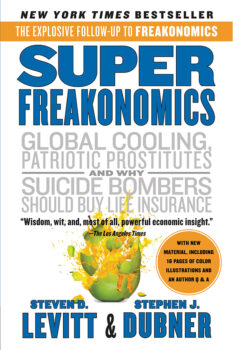Do Recessions Increase Productivity?
During recent recessions, worker productivity has actually risen — but economists have been unsure if the result is driven by a changing workforce composition (i.e. more productive workers retaining their jobs) or an increase in effort and productivity on the part of individual workers. In a new paper (gated; working version here), called “Making Do With Less: Working Harder During Recessions,” economists Edward P. Lazear, Kathryn L. Shaw, and Christopher Stanton find that it’s the latter. Here’s the abstract:
There are two obvious possibilities that can account for the rise in productivity during recent recessions. The first is that the decline in the workforce was not random, and that the average worker was of higher quality during the recession than in the preceding period. The second is that each worker produced more while holding worker quality constant. We call the second effect, “making do with less,” that is, getting more effort from fewer workers. Using data spanning June 2006 to May 2010 on individual worker productivity from a large firm, it is possible to measure the increase in productivity due to effort and sorting. For this firm, the second effect—that workers’ effort increases—dominates the first effect—that the composition of the workforce differs over the business cycle.




